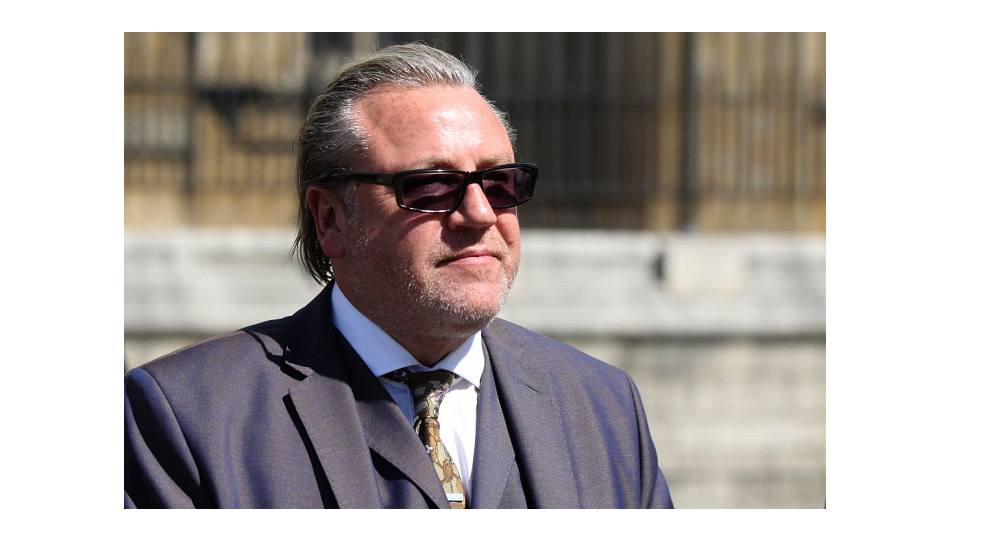We see a lot of Ray Winstone on television these days. But for a man who starred in films like The Departed, Indiana Jones and Cold Mountain, it’s perhaps disappointing that the actor is associated most of all with advertising football betting. It seems no televised Premier League game can kick-off without Ray’s floating head telling us (in full cockney-gangster voice) to join the world’s biggest betting company.
Winston’s campaign, and betting marketing in general, are intriguing for a variety of reasons. Yes, there has been much discussion of the sheer volume of betting adverts and shirt sponsorships. But it is also interesting to analyse what they say, rather than how often they say it. Consider that you will most often see “push” adverts, like in-play odds telling you Harry Kane is 5/1 to score next, or England to win by a specific scoreline, rather than a stats-based recommendation.
These push messages are interesting. In a way, they resemble supermarket offers focused on junk food brands, whereas the discounts are never applied to healthy fruit and vegetables. What that means is that Ray Winstone telling you to bet on Mo Salah to score next is pushing you towards a more intangible betting market than something that is statistically more measurable and predictable, such as the number of throw-ins or corners.
Sexy markets more likely to be promoted
Predicting the exact score or goal scorer is, of course, a ‘sexier’ bet than using trends to bet on the number of throw-ins. Bookies know this, and they also know it is tougher to use statistical trends to predict the outcome. That’s why we don’t see Winstone telling us to bet on over 45.5 throw-ins. It’s not ‘sexy’, nor is it beneficial for a bookmaker to encourage us to bet on something based on stats rather than a gut feeling.
There are, of course, many betting sites to choose from, and it’s interesting also to see the difference in markets. We are programmed to believe bigger means better, but it isn’t always the case. A look at next season’s Premier League odds sees Manchester United priced at 20/1 with Bet365, Betfair and Ladbrokes (among other big names), but better odds are available with smaller operators like Blacktype (28/1) and Spreadex, who go all the way up to 35/1 – a 75% increase on the major outlets.
Look, no betting company is perfect and there is some wisdom in going with a big bookmaker, but in analysis of 24 bookmakers for the 2019/20 Premier League season, none of the major UK brands – Bet365, Betfair, Paddy Power, Hills, Ladbrokes – provided the best odds on any individual ‘Big 6’ team. For example, Man City’s best price (8/11) was found at Royal Panda, Liverpool’s (13/5) at Unibet and Tottenham (16/1) at Redzone (all markets are correct as of 10th June 2019). You are not likely to see any of those brands advertised on television, certainly not in the prime spots during a match.
Bigger brands may have better promotions
As mentioned, the bigger brands are not without their allure. In the simplest terms, they will have bigger marketing budgets, and that often means more promotions and incentives for customers. But a dominant position can also mean a convergence in products. To use the supermarket analogy again, it’s a bit like walking through Tesco, Asda and Sainsburys and realising that the same products and strategies are used. That’s fine, but sometimes it’s beneficial to go to Aldi or Lidl.

Overall though, betting marketing tries to tap into the psychology of the casual punter. You will see, for example, Ladbrokes’ slogan “where the nation bets”, or Bet365’s suggestion that there is some sort of super-slick online, global community of punters using its products. These are designed to create senses of belonging an aspiration in the viewer. They work, of course, even if it is on a subconscious level.
The point is that betting is not just punter versus odds-setter, it is punter versus a slew of often contradictory messaging through various media. Objectivity, the kind of cool head needed to succeed at betting, is hard to come by in that environment.




